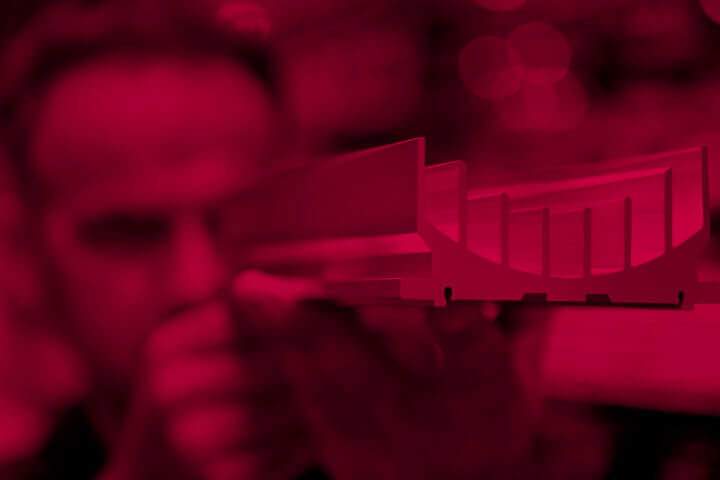material innovation

The background for developing the composite fittings, was to develop a product with the corrosion resistance like plastics, with the mechanical strength comparable with metals.
The introduction of composite is a kind of game changer inside this business.
Having 65% glass fibre reinforcement, gives a mechanical strength comparable with metals, extreme corrosion resistance, lead free, and showing a lifetime of close to 100 years.
At the same time reducing the leakage ratio for our end users.
The nice thing about composite is that it has a lower CO2 footprint. The life cycle analysis shows it has less than 50% of the CO2 footprint compared with the brass.
Combined with 100 years of lifetime, is an extreme performance in the life cycle analysis.
that it has a lower CO2 footprint”
The production process is a quick process. You heat up the material untill about 250 degrees compared to metals where you have to go through different steps where you heat up to 600 maybe up to 1,000 degrees Celsius. You consume much less energy in the production process, which gives a nice CO2 footprint.
And all our supplies are based on local supplies where we think all the way through to the customers.
We secure safe drinking water to the customer, to the consumer, that is our purpose.










